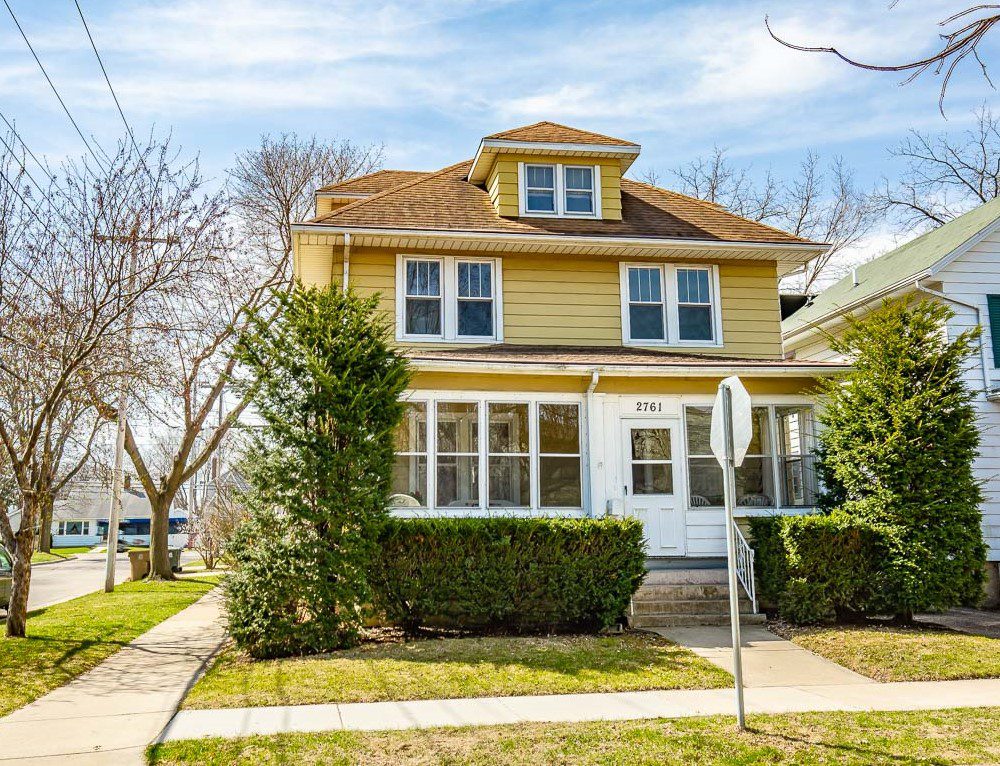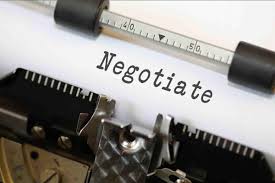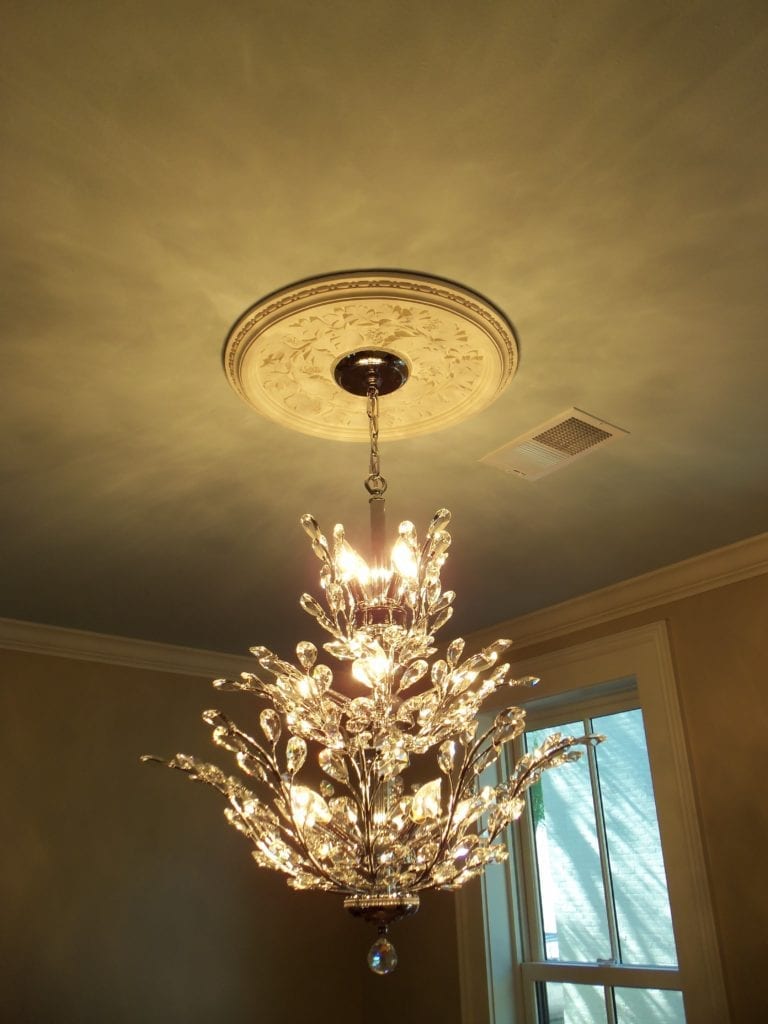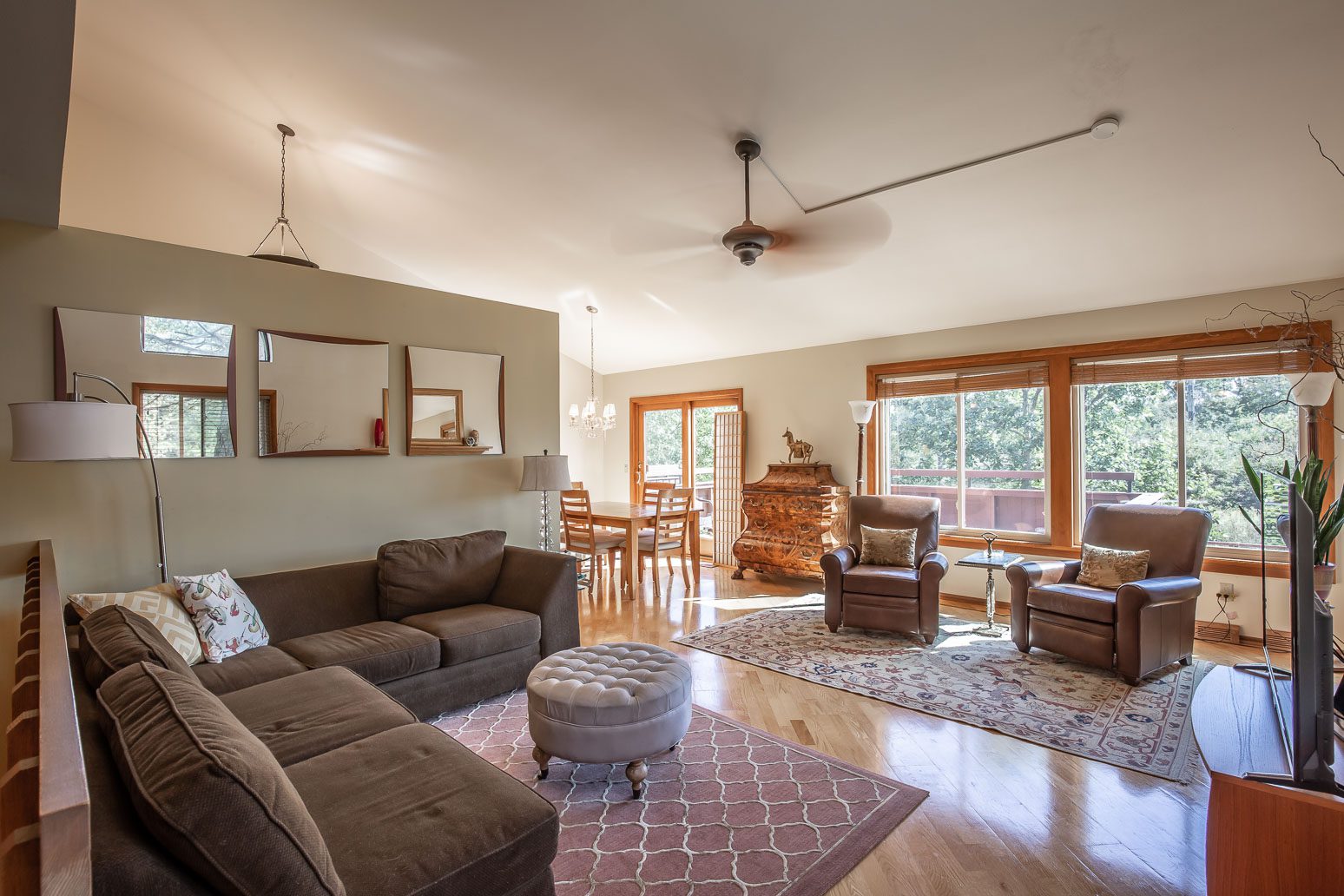From: https://www.inman.com/2019/12/10/5-myths-your-sellers-probably-believe/
Pricing your home to sell is a process. No two homes are exactly alike. The agent looks at similar houses in your area and can do a Comparative Market Analysis (CMA) from two different sources such as their Multiple Listing Service (MLS) and Realtors Property Resource (RPR). However, until the agent goes through your house and notes any upgrades, updates, renovations, or maintenance issues, a suggested price is just an estimate.
Many times homeowners confuse maintenance with upgrades. For example, if your two skylights are leaking and you either fixed or replaced them, that is not an upgrade, that is maintenance. But, if there weren’t any skylights to begin with and you installed two, that is indeed an upgrade. Or, if you replaced the carpeting with hardwood flooring, that is an upgrade. Replacing the hot water heater or furnace is not an upgrade, because everyone expects these to be included.

Hardwood flooring replaced carpeting
How to Price your House
Your agent will give you a range that is most likely reasonable for both you as a seller and a potential buyer. The ultimate decision of price is yours to make. Of course sellers want to get the most money for their property, but that is opposite to the wishes of the buyer.
If you think you should price your house at the highest price you think you “deserve,” sellers are often disappointed when initial activity is soft and showings seem few and far between. Overpricing results in a loss of valuable marketing that the seller cannot get back. Eventually, the listing becomes stale and prospective buyers wonder what is wrong with the property.

Priced right for the Neighborhood
Negotiations
Some sellers think that a buyer’s first offer is just that, a starting point to start negotiations. While that may have been true some years ago, today’s buyer is more savvy due to internet house-shopping. They and their buyer’s agent know the comparables and usually offer what they are willing to pay. They may go up slightly, or negotiate other items such as a fast closing date, or ask for repairs, but they are aware of meeting the appraiser’s value.
The harsh reality about selling a home is that the market rarely thinks as highly of it as a seller does, no matter how nice or well-maintained it is.

Selling “As Is”
Sellers think that if they sell their property “As Is,” the buyer won’t lower the price even more. Not necessarily true. A buyer will still want to conduct their own due diligence. It’s possible they’ll get cold feet after inspections, and they might feel they’re overpaying at the agreed-upon contract sales price.
There is always a fear with “as is” purchases that a buyer is taking on far more than what meets the eye. Usually what you can’t see can hurt you the most, and you won’t find out about that until you are well into the renovation project. So a renegotiation can and does happen. Putting an “as is” on the listing does not protect a seller’s asking or agreed upon price, no matter how low or under market value it may appear to be.

Included Items
If the seller includes personal items such as furniture, a pool table, or exercise equipment, they might think they can get a higher price for their house.
A seller who attempts to push their belongings onto a buyer with a counteroffer risks being highly disappointed on a number of levels. Doing so assumes the buyer sees value in what the seller has and that the buyer will be agreeable to going up in price for the items being included. Often, there is a huge disparity between what the seller thinks their items are worth and how a buyer sees it.

Included Item
No matter your situation, an experienced real estate agent can help you navigate through the right price for your property. Contact Premiere Stagers & Realty for a consultation. 608-345-9396
